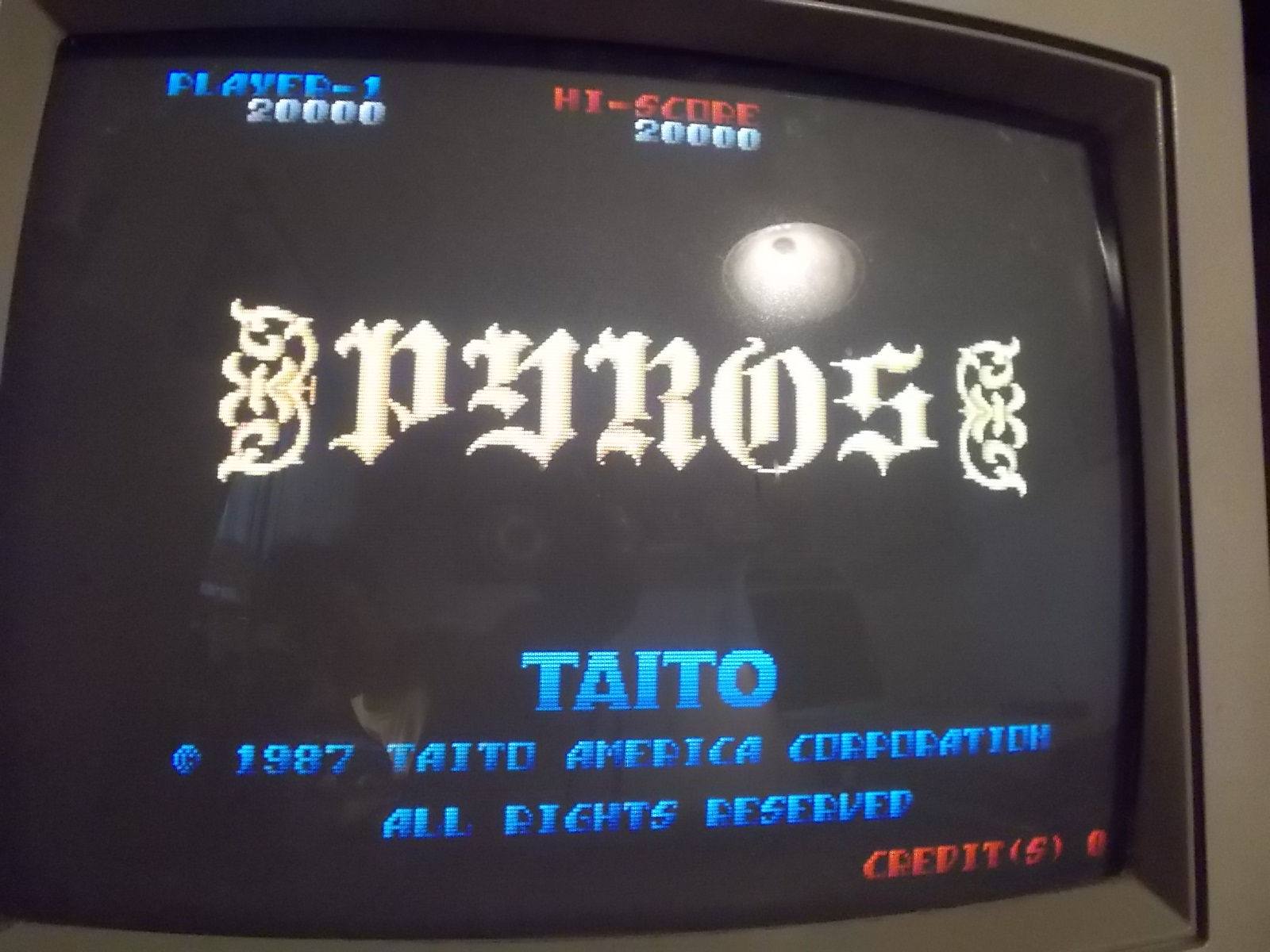Our member Yves M sent in PAL dumps from an ESP Ra.De. PCB.Dumps came from unsecured PALCE16V8H ,they have been tested working both onto original devices and GAL16V8.Thanks to him for this contribution.
ESP Ra.De. repair log #1
Got an ESP Ra.De. board with faulty graphics:
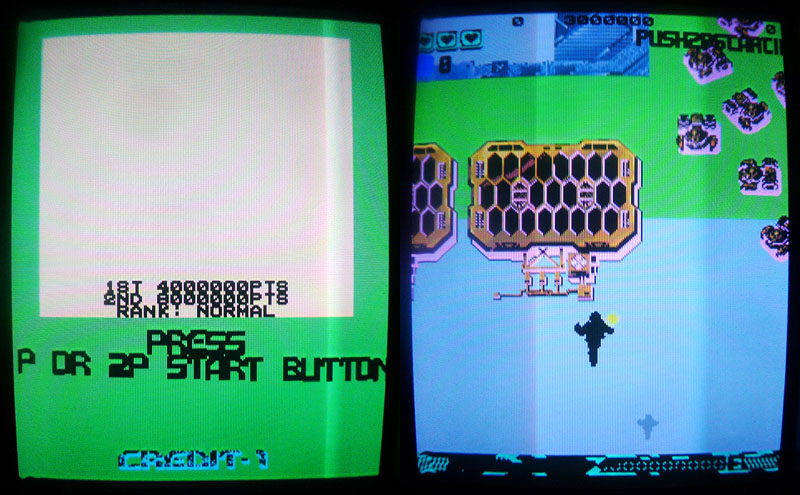
While looking for some suspicious signals on the GFX area, I found two PALs at locations U31 and U34 that got nothing on their output pins. U31 had healthy looking pulsing signals on its input pins but U34 had some input pins with no signal. These were in fact coming from U31 so that was totally normal.
These PALs are soldered and weren’t dumped yet so I needed to find a working board, desolder the PALs and dump them which was not easy due to the rarity of that game.
Anyway, I desoldered the two suspicious PALs from by board.
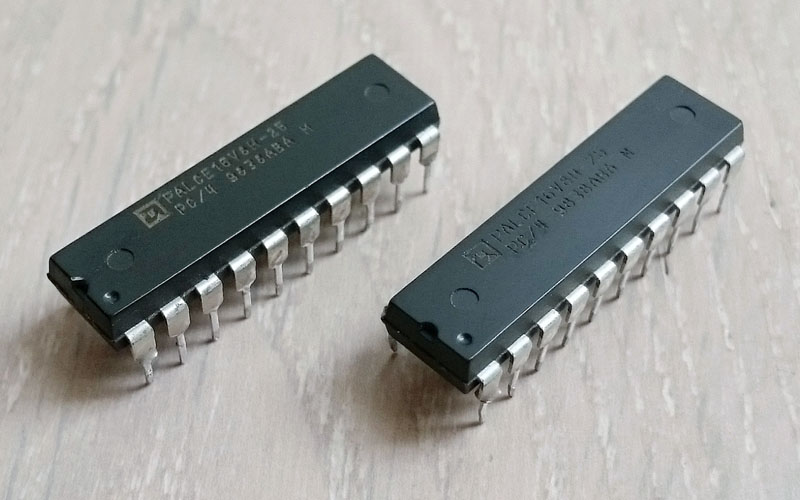
I tried to dump them but got an error at pin #20 which is the +5V pin. Sounded they really were faulty as they got no power in order to work properly.
Finally, a good friend got a working board and kindly lent it to me so I could dump the PALs (they were unprotected).
I put sockets on my board, plugged new reprogrammed GALs in place (PALCE16V8 are compatible with GAL16V8). Everything looks perfect now:
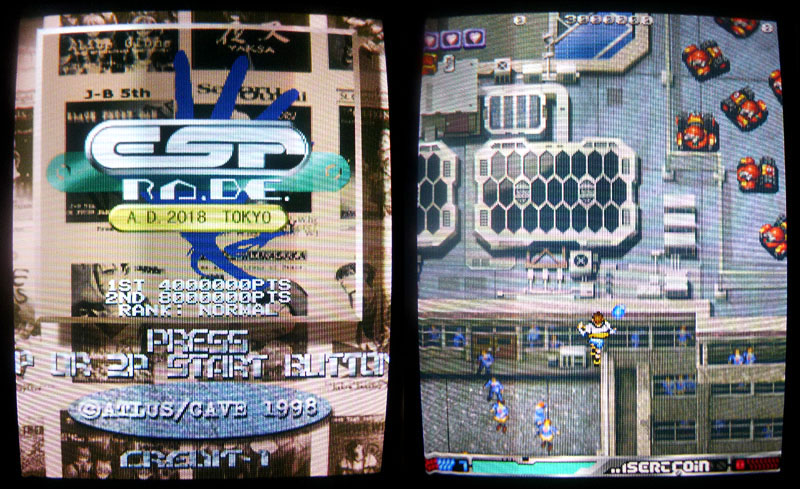
There is a total of 4 PALs on this board. I dumped all of them. They are available on JAMMArcade.net
Here’s a picture of the board with the two replaced PALs highlighted in red:
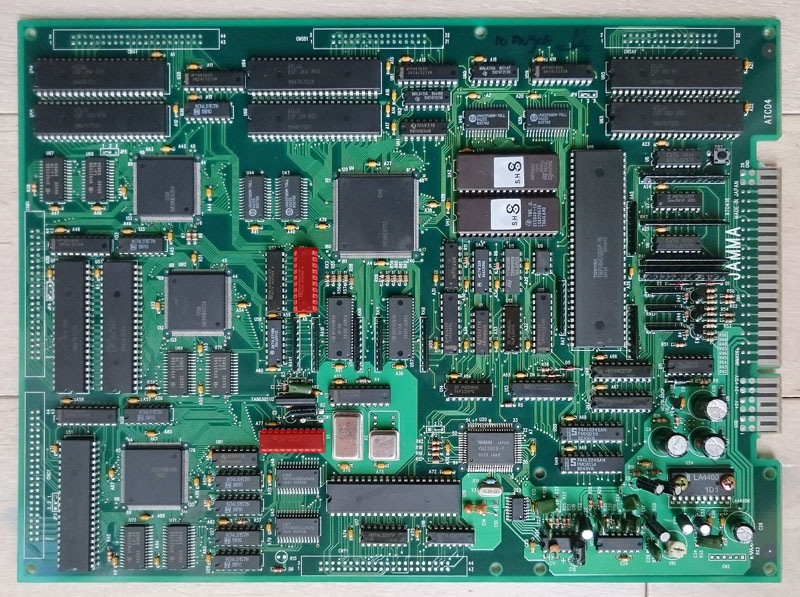
HP10529A repair log
Got myself a new HP logic comparator which had a fault on it.
The fault was with pin 11 on the LED’s.
The schematics for this are available but its so small its pretty easy to trace out just by looking at it.
Using the scope I found all the outputs of the 74L04 hex inverter at location U4 were stuck at around 1.7v. I replaced with with a 74LS04.
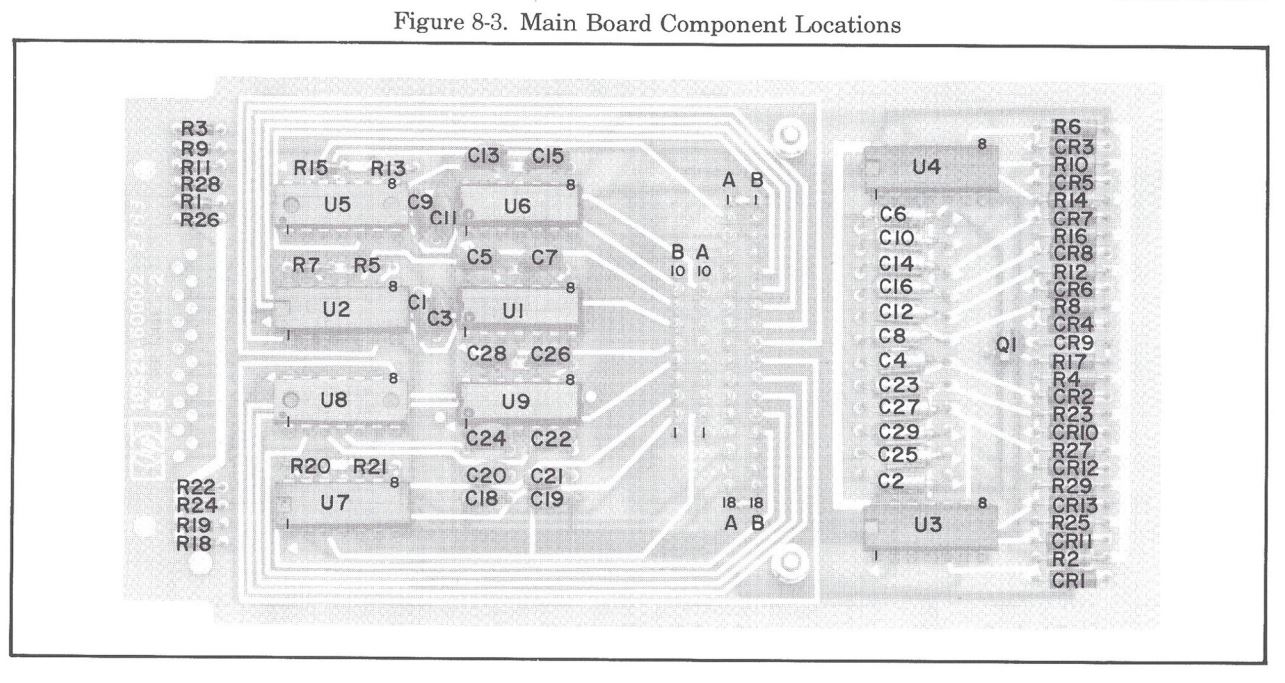
While I was poking around I also found the zener diode CR3 had a dry joint so resoldered that too.
Now its all working.
(Ignore the sound, had kids TV playing on Netflix while doing this)
Golden Axe (317-0121) bugs fixed
The bugs that were reported in the Golden Axe (317-0121) decrypted ROM set have been fixed by our member Runik. This was confirmed also by the user ‘Bendermaphrodite’ who tested it for some hours. Updated set has been uploaded.Thanks again to both.
I got this faulty Pyros (US version of Wardner) PCB from Ebay :
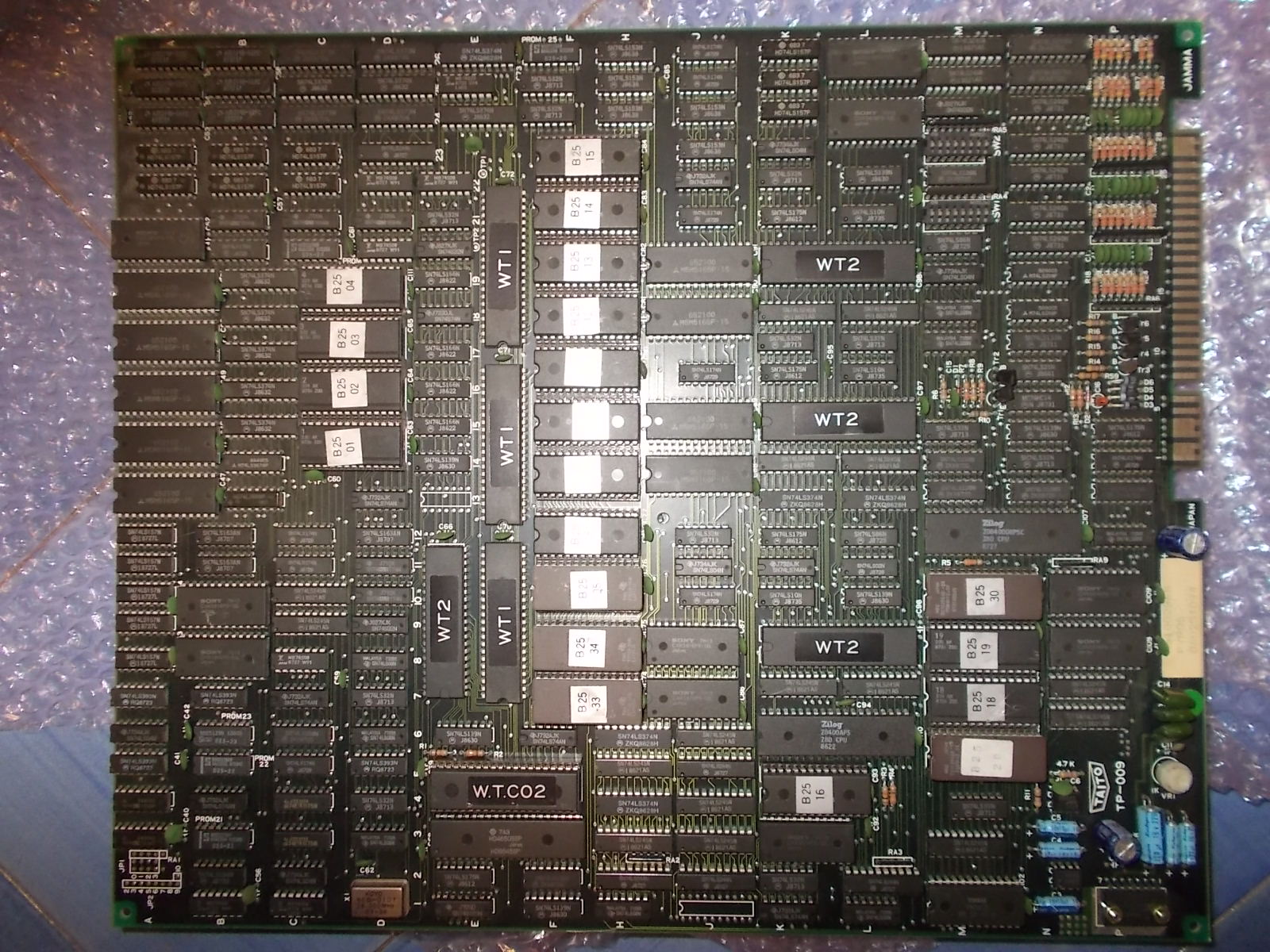
It was not really cheap but it was worth the buy since, on the basis of the seller description, I was confident it could be an easy fix.Board showed an ‘I/O ERROR’ upon boot:
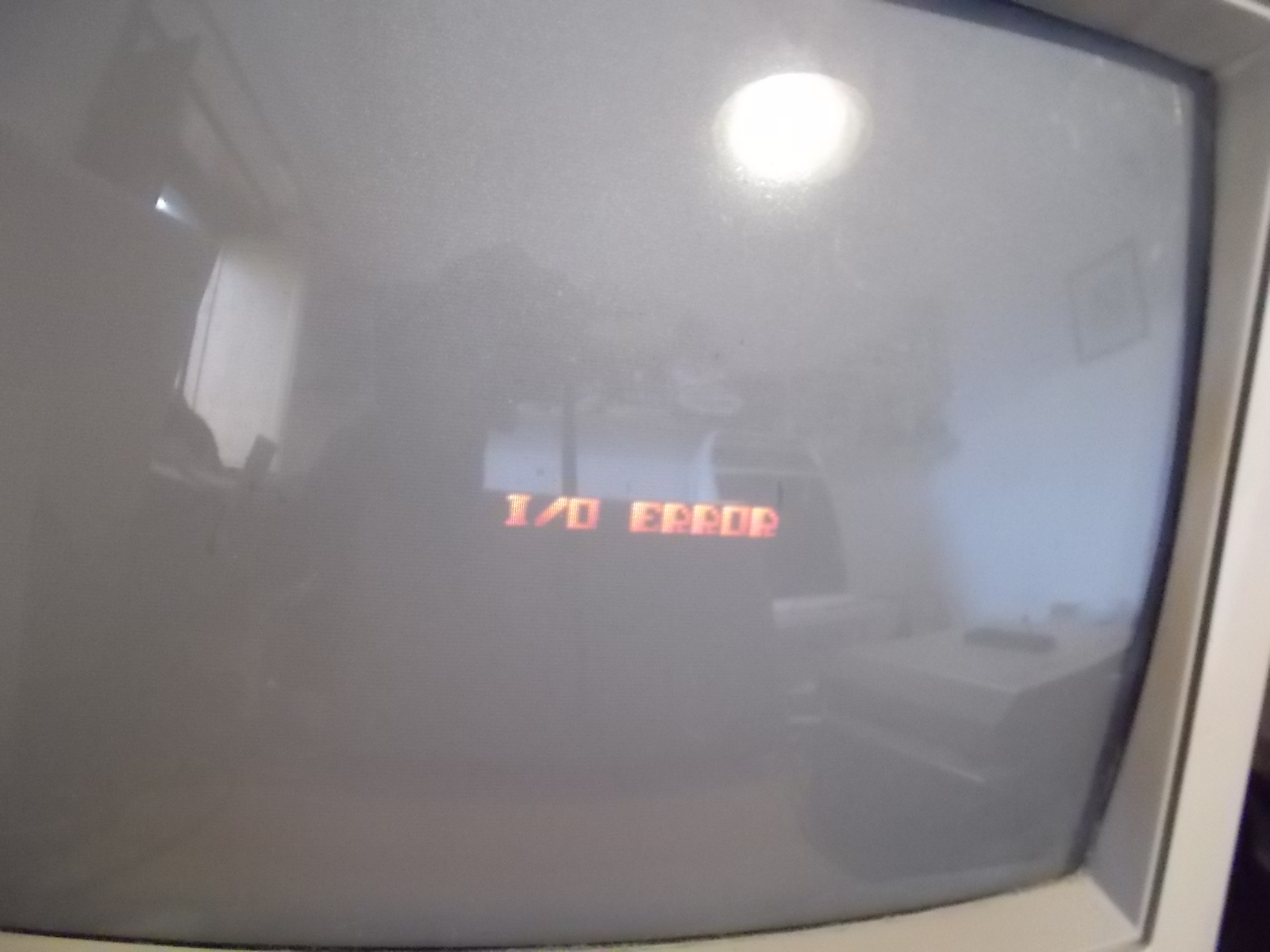
I knew from my experience that this board produces the mentioned error when, indeed, there is some troubles with the inputs during the startup sequence (also a simple buttom pressure would cause it).So for first I went to check with my logic probe all the inputs probing pins on the JAMMA edge connector.All of them were high except the ‘COIN 2’ (pin 16 solder side) which was stuck low.I could trace it back to pin 17 of a 74SL240 @20N :
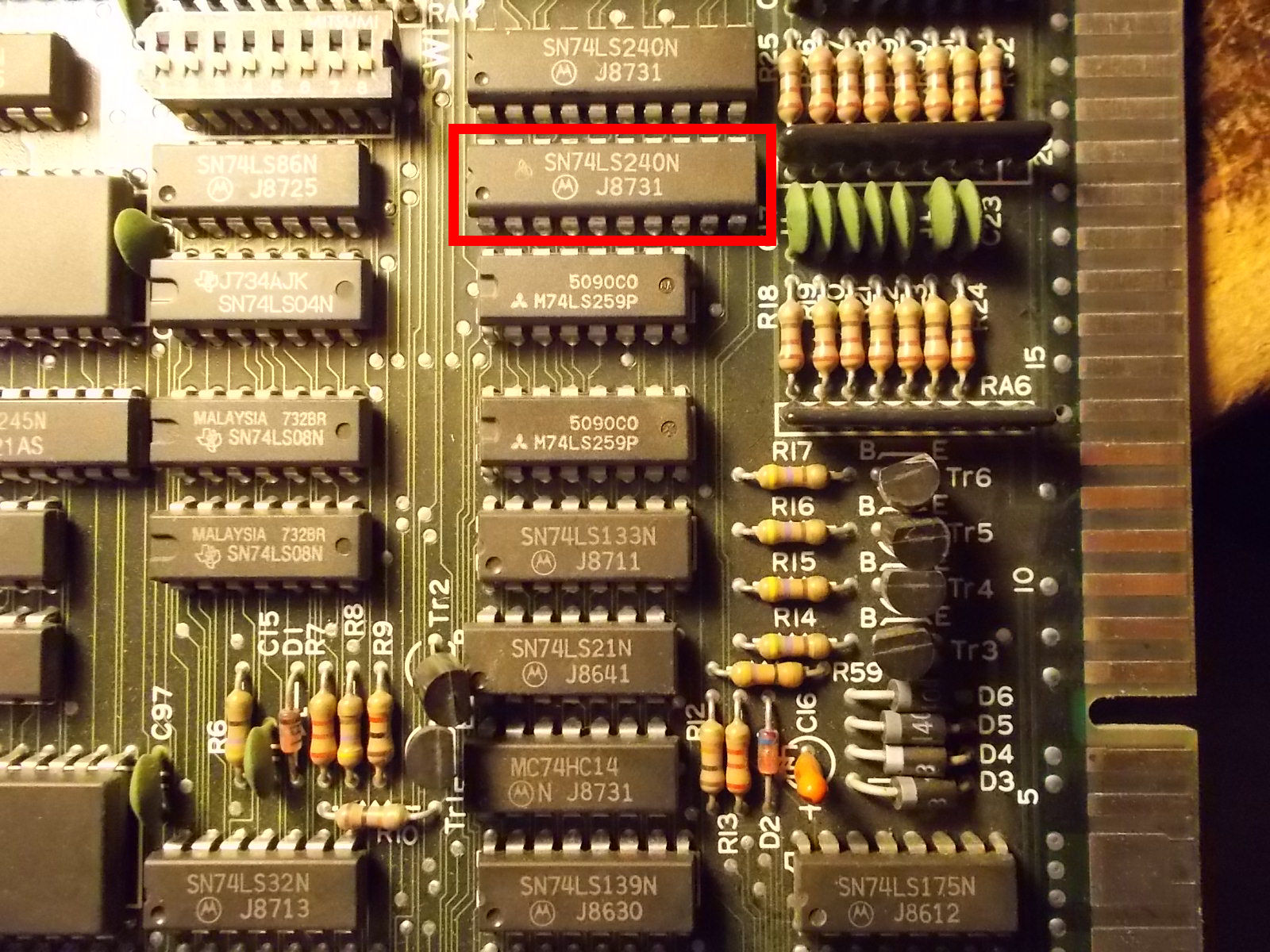
I could measure only few Ohms of resistance between this pin and ground, this meant internal junction was nearly shorted to GND:
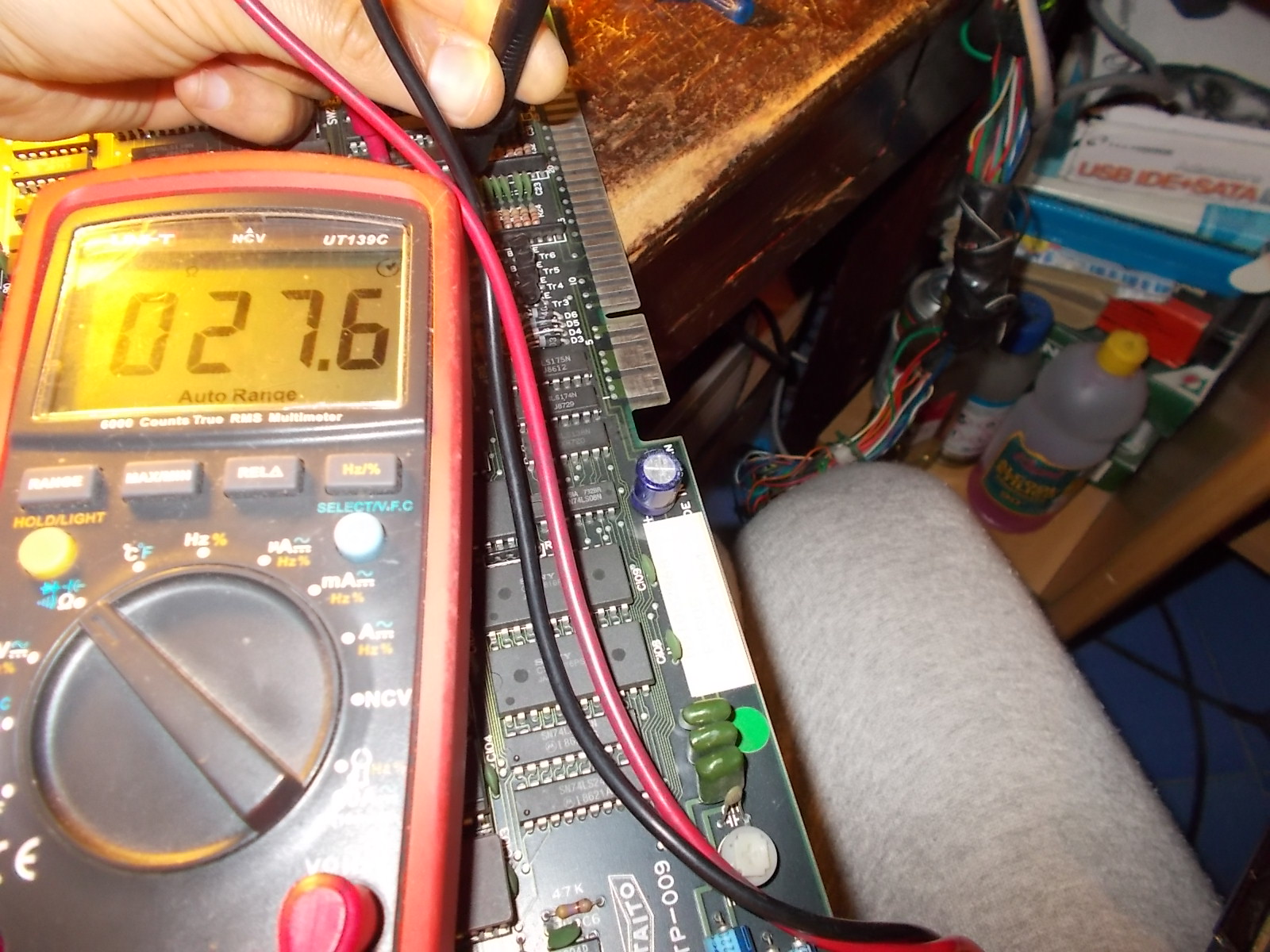
Once desoldered the chip, it obviously failed the test:
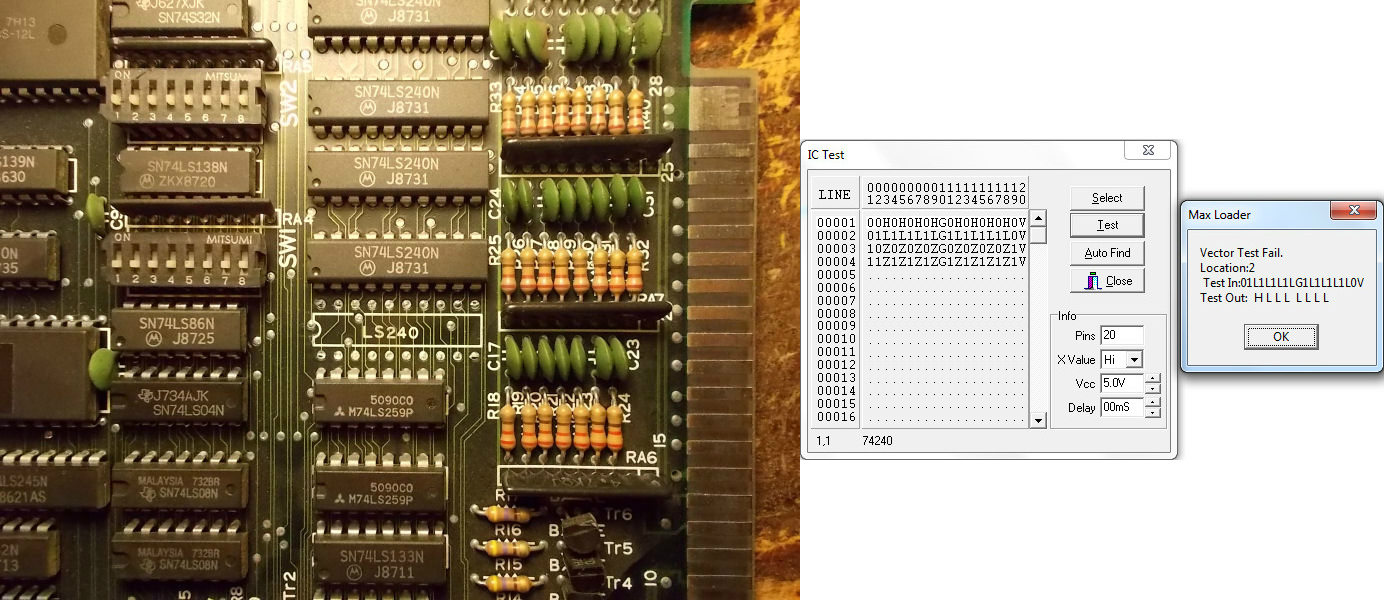
With a good chip, the board entered in game with no further issue.
